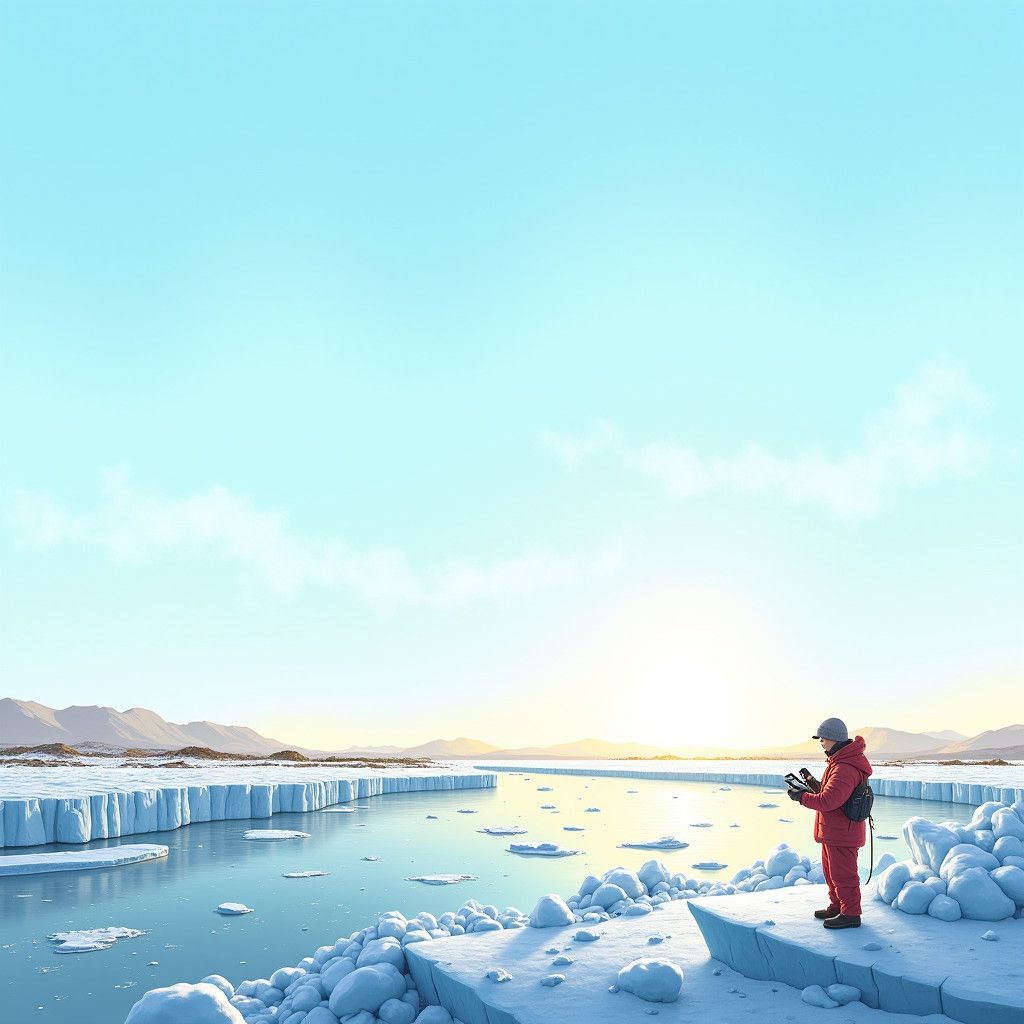As the Arctic continues to warm at an alarming rate, new research sheds light on a counterintuitive phenomenon involving dust emissions and cloud formation in the region. This emerging understanding challenges long-held beliefs regarding the effects of climate change in the Arctic, a region experiencing temperature increases that are at least three times faster than the global average. In 2023, Arctic summer temperatures reached unprecedented levels, raising the question of what this means for global climate patterns.
Historically, studies suggested that the warming Arctic led to clouds with more liquid droplets and fewer ice crystals, resulting in a cooling effect during the summer months. However, a recent study led by Associate Professor Hitoshi Matsui of Nagoya University presents a different narrative: as snow and ice-free areas expand in the Arctic, dust emissions also rise, significantly altering cloud dynamics.
The research team, consisting of Matsui and Dr. Kei Kawai, in collaboration with institutions such as the National Institute of Polar Research and Hokkaido University, employed the CAM-ATRAS global aerosol-climate model to analyze changes in dust emissions over the past four decades. Their findings indicate a compelling 20% increase in dust emissions from the Arctic land surface between 1981 and 2020, a consequence of rapid warming.
So, what does this rising dust mean for Arctic clouds? It turns out that the dust serves as a highly efficient nucleus for ice formation in clouds. During the summer and early fall months, the increased dust levels in the lower troposphere encourage the formation of ice crystals, potentially outweighing the traditional decrease in ice crystal prevalence associated with warming conditions. In fact, this study suggests that the rise in dust emissions contributes to a 30% annual increase in ice crystal formation across the region, with an astounding 70% increase noted during the summer.
This shift in the balance of cloud composition has implications for the region’s climate feedback mechanisms. Thinner and shorter-lived clouds, as a result of increased ice crystal formation, may reflect less sunlight, further exacerbating warming in the region. Professor Matsui emphasized that this understanding of dust’s role is vital, stating, “Most climate models have not considered the effects of dust from the Arctic land surface. Our research suggests that the counterbalancing temperature and emission feedbacks should be considered to improve the accuracy of climate change predictions in the Arctic.”
The Arctic is often referred to as the “canary in the coal mine” for climate change. The implications of its rapid warming extend beyond its geographical boundaries, affecting global environmental, economic, and social realities. Mixed-phase clouds, which contain both liquid droplets and ice crystals, play a crucial role in the Earth’s radiative balance, precipitation patterns, and hydrological cycle. Their dynamic presence in the lower troposphere of the Arctic amplifies the significance of understanding how changes in dust emissions can influence global climate.
This research serves as a critical reminder of the complex and interconnected nature of our planet’s climate systems. As businesses and governments grapple with the realities of climate change, the importance of incorporating new scientific findings into climate models cannot be overstated. The rapid pace of Arctic warming presents challenges that warrant urgent action, but it also opens up opportunities for innovation in how we approach climate science.
The rise of dust emissions in the Arctic has implications not only for atmospheric science but also for businesses involved in environmental science and technology. Companies that specialize in climate modeling, renewable energy, and sustainability may find new avenues for growth by aligning their strategies with the latest scientific understanding.
In conclusion, the ongoing research highlighting the role of dust in Arctic climate dynamics underscores the need for continuous adaptation in our approaches to climate science. As the changes in the Arctic resonate throughout the globe, informed decision-making grounded in robust scientific research will be essential for fostering resilience against the growing impacts of climate change.












